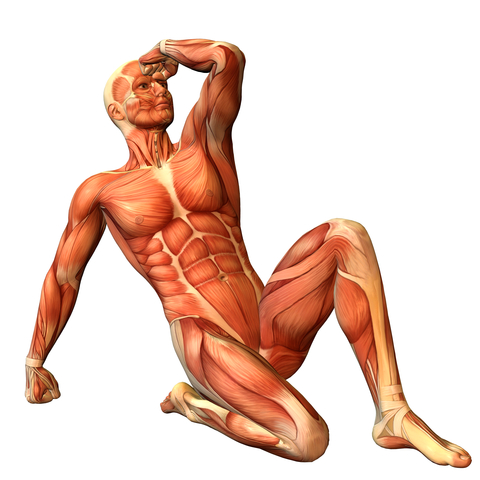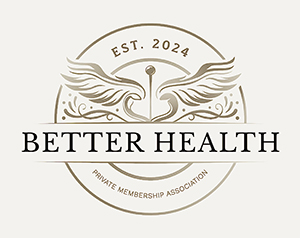 What To Expect From Osteopathic Treatment
What To Expect From Osteopathic Treatment
Osteopathy – a system of medicine based on the principle that disturbances in the musculoskeletal system affect other body parts, causing many disorders that can be treated by various manipulative techniques in conjunction with conventional medical surgical, pharmacological and other therapeutic procedures. The manipulation of the body is gentle– stretches and small movements – designed to relax tight areas and help restore normal motion to stiff or “stuck” joints. Osteopathy is NOT Chiropractic. Although some of our treatments may look similar, they differ on many levels. Osteopathic treatment is very specific to your own individual condition.
What is the problem or cause of my pain? Somatic Dysfunction.
Somatic dysfunction is defined as altered motion or function of a joint or body part. It is not “out of place” or usually a “slipped or herniated disk”. It is much like a door that can’t completely open or close. It cannot be seen on current static X-rays, MRI’s or CT scans. It can restrict motion and/or cause pain and discomfort. It can be directly or indirectly related to trauma.
How can somatic dysfunction be treated?
Medication or surgery cannot correct somatic dysfunction.
- Medications only treat the related symptoms (such as pain). The symptoms usually return after the medication wears off.
- Surgery corrects anatomical defects or removes diseased tissues.
Osteopathic Manipulative Treatment (OMT) is a gentle manipulative approach which works to:
- Restore normal functional activity to the dysfunctional joint.
- Relax the related muscles (which can be tight and acting like a splint).
- Once a joint starts functioning better:
- Swelling in the tissues can subside. This can help to alleviate pain.
- Pressure on the nerves can be relieved and the pain can subside.
- Range of motion can start to improve.
- Healing of the injured tissues can start to occur.
Analogy: we can suture a cut and put the tissues back in place, but the wound is not better until healing occurs.
What should I expect to feel afterwards? 
Because we are introducing movement into areas that were restricted, you may experience some pain as the tight muscles relax and blood flow increases. This may occur any time within the first week after treatment. If you experience pain, an increase in limberness may denote that it is a positive sign. The pain is a result of the muscles being stretched with the increased range of motion. If you experience pain and you feel that:
- The pain is from tight muscles– heat will help to ease it. Apply heat for 20-30 minutes. Constant heat produces swelling and therefore more pain. Allow about an hour between applications of heat. Repeat as often as necessary.
- The discomfort is more than just pain and not due to muscle tightness – ice may help. Apply for 20-30 minutes, but not directly to bare skin – use a towel between your skin and the ice bag. Wait an hour between applications. Repeat as necessary.
With chronic, long term problems, some estimate that it will take one month of treatment for each year the problem has been present.
Most people immediately feel better with OMT. Frequently the patient will see gradual improvement with treatment. Some patients will see no change in their pain symptoms until nearly all of their somatic dysfunction has been corrected. This may take a few visits, so please be patient with your body and your doctor as healing occurs.
Can OMT “turn back the clock”?
Many patients have experienced several injuries in their lifetime. Many times these old injuries never completely clear from the body’s tissues. The body continually has to expend energy to compensate for these injuries. This can show up as all over stiffness, feeling “off” or a feeling of “getting old”. Thus most patients are like an onion with multiple layers of injury. As the patient is treated, we often work through old injuries freeing the body to become healthier. When an old injury is approached, pain may increase but it is usually very similar to the pain experienced following the old injury (like a body memory). Once the layer is worked through with OMT, the patient will frequently state that they feel the best they have in years.
What about Low Back Pain?
If you have both a disk problem (mild to moderate bulge or herniation) plus somatic dysfunction, you may find the pain you are experiencing is from the somatic dysfunction and not the disk. It should not be complicated by the gentle OMT.
- If the pain subsides with OMT, you know the disk was not the cause of the pain.
If the pain does not subside with OMT, it could mean the pain is from the disk. That could mean the further tests or surgery are required. If surgery is necessary, getting the somatic dysfunction corrected prior to surgery can result in a better surgical outcome.
What else can I do to help?
Drink Water – this helps to flush out waste products from the tissues that may have been released during the treatment. It also helps to relieve possible soreness. It is especially important to drink water if we have worked on the bones in your head. Drink as much water as you can on the day of treatment and the day following (1/2 to 1 gallon if possible). Coffee, tea, soda (Coke, Pepsi, etc.), and alcohol are all diuretics and remove more water from your body than they put in. Avoid them for at least 24 hours after a treatment and try to cut back on their consumption overall.
Our goal is to restore normal range of motion wherever possible. This may not totally reduce or relieve pain during your visit. However increase in motion will aid the body’s healing. It may not reduce or eliminate the pain initially. It can be compared to freeing a rusted door hinge – the first few movements may squeak, but as motion returns, so does ease of motion.
Exercises are useful to help keep the body’s joints moving. These exercises will usually not require more than 5 to 10 minutes daily. If indicated, the exercises and their expected results will be discussed with the patient at the time of treatment. Results may be seen immediately or may take a few days or weeks to occur. Please continue your exercises as directed until instructed to discontinue.
Continue taking any medications prescribed for you.
Relaxation exercises may be prescribed to help reduce stress. Stress can prevent the body from healing itself. Reducing the stress load on the body will improve overall health.
Taking a bath with Epsom salts can ease muscular pain. Epsom Salts contain magnesium, a muscle relaxant. Dissolve ½ to 1 cup of Epsom salts to a hot bath and soak for 20 minutes. Epsom salts can be drying to the skin, but the addition of an equal amount of baking soda to the bath will help keep the skin soft.
Please resume your normal daily activities after treatment if you feel up to it. If you are moving about and you experience a pain ask yourself “does this feel like it will get better if I keep doing what I am doing?” If the answer to this question is “yes” then continue your activity, if it is “no” then change activities or rest. This pattern may vary from day to day. Your body knows its limits – just listen to it.
If you have any questions please feel free to call the office. The number is: 317-228-9270.
